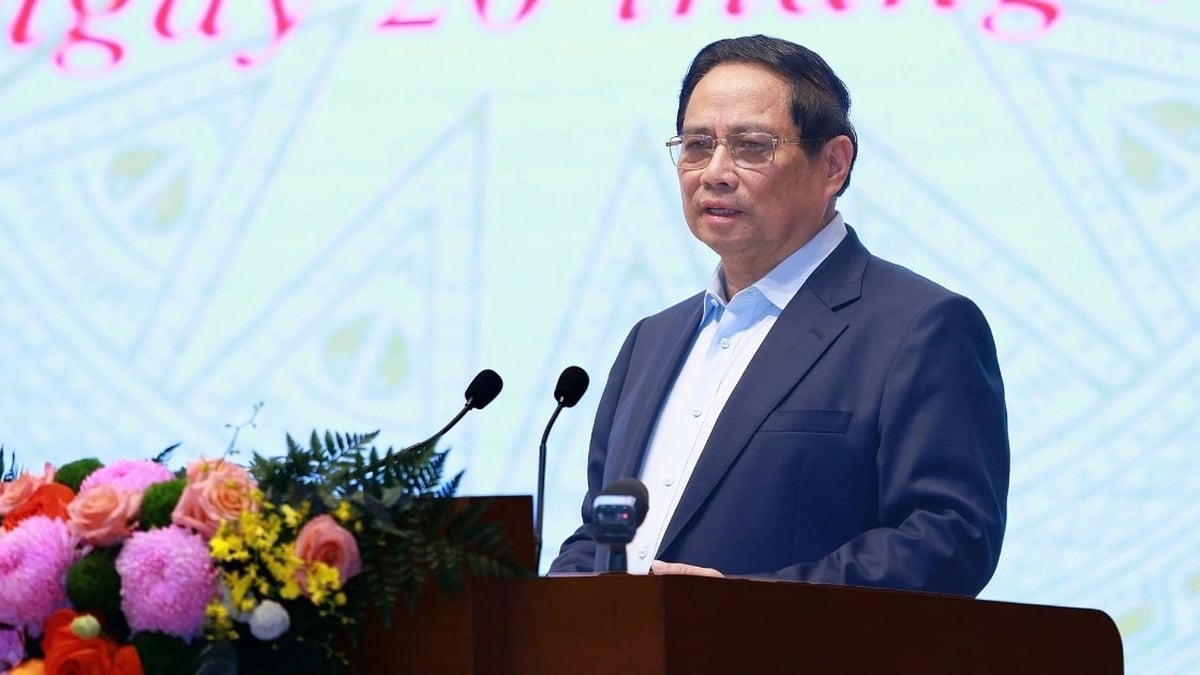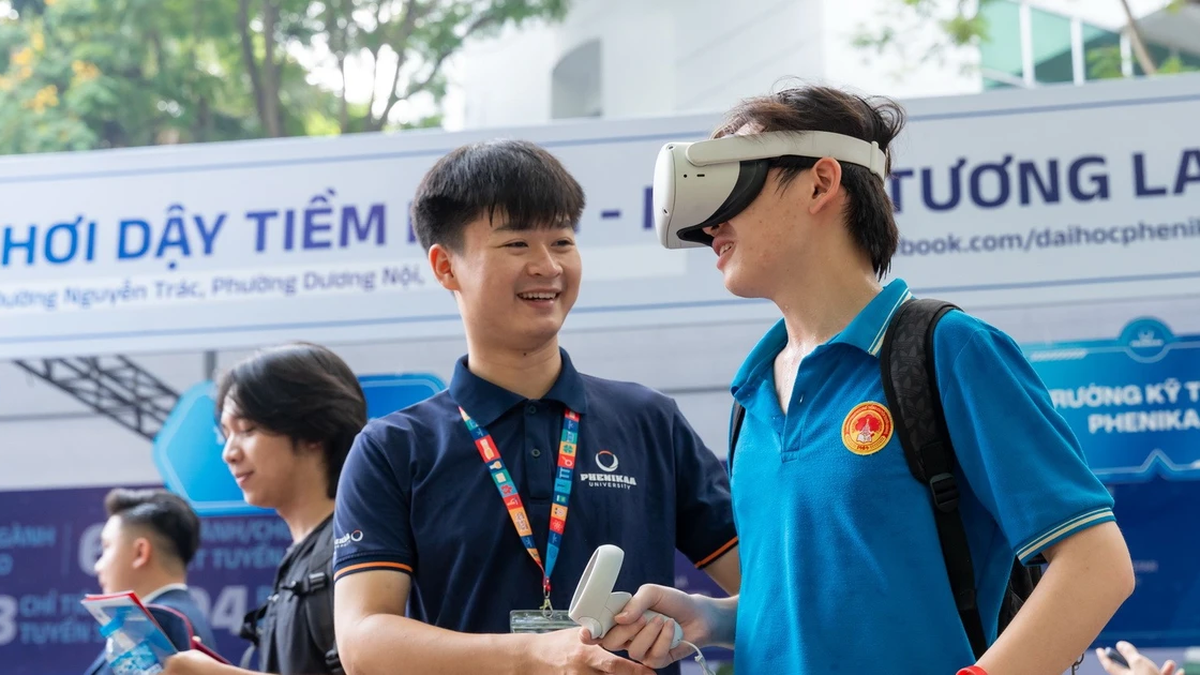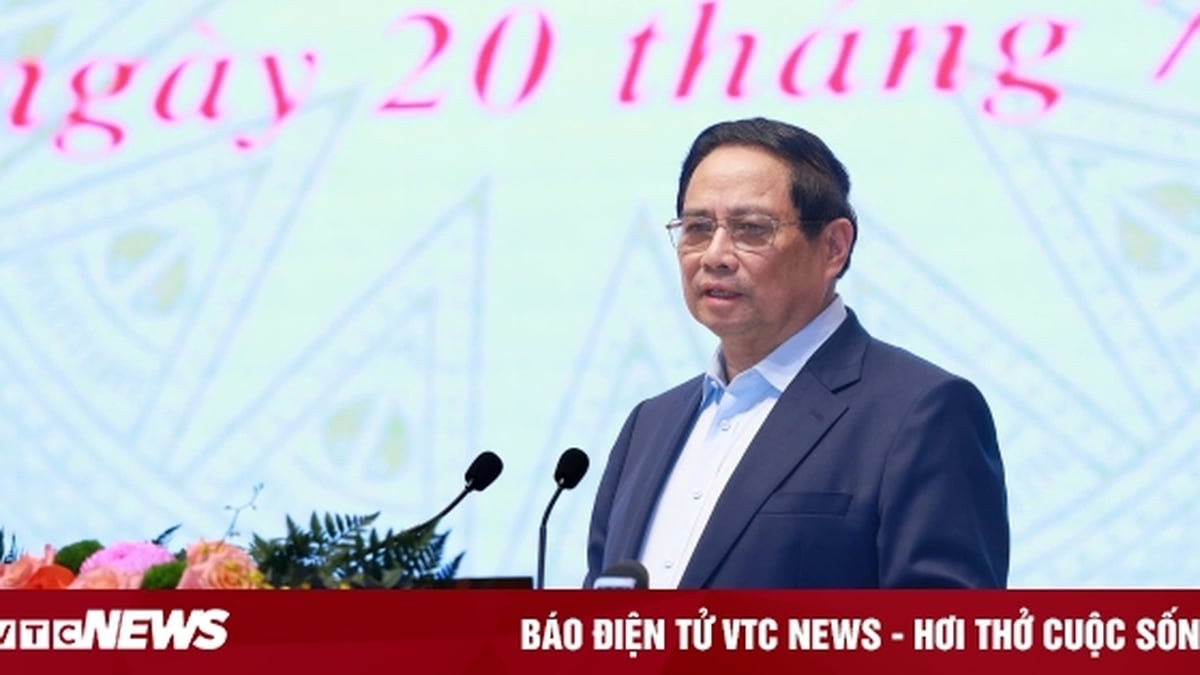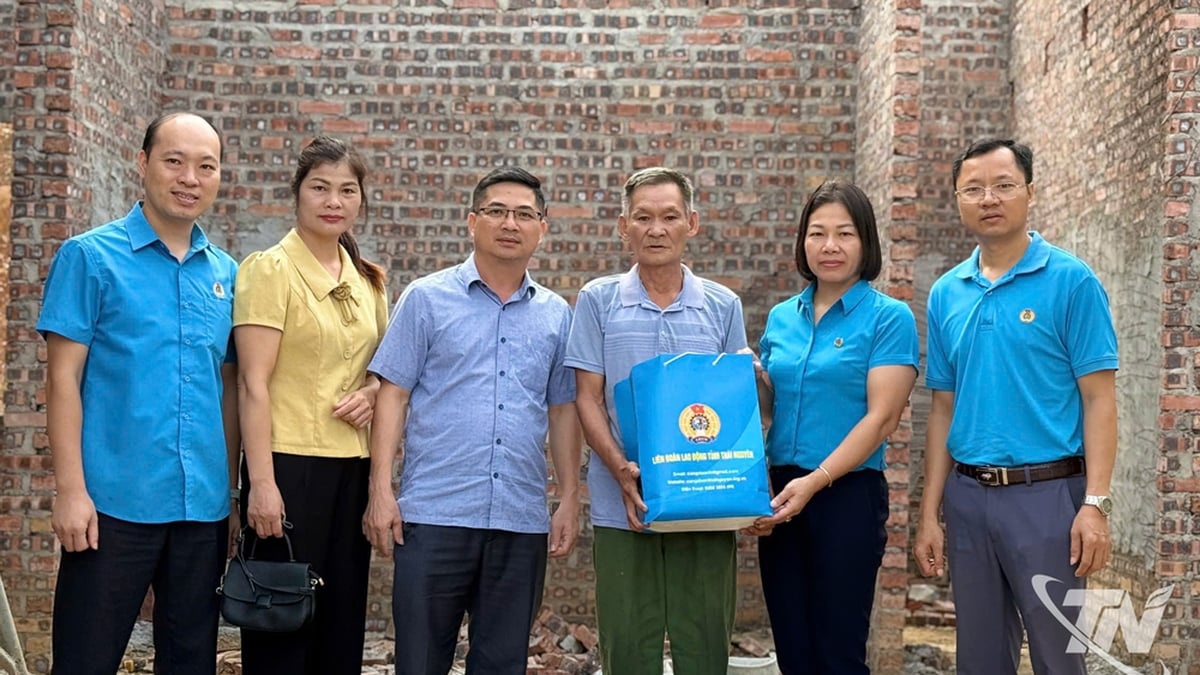The deadline to phase out CO2-emitting internal combustion engines in some regions is less than a decade away, but progress has been uneven. The European Union is leading the charge, while China has focused on mass-producing small, affordable EVs and has become the world’s largest EV maker. Progress has been slower in the US.
It is not technological innovation, but the cost of infrastructure transformation that is the barrier to electric vehicle (EV) adoption. Until the charging network is fully established and battery technology is perfected, hybrid vehicles will continue to be prioritized. This also limits the adoption of EVs in industries that emit significant CO2, such as long-haul transport.
It is not technological innovation, but the cost of infrastructure conversion that is the barrier to electric vehicle adoption. The shift to electric vehicles (EVs) has driven the adoption of software-defined vehicle (SDV) architectures, as EVs often incorporate these platforms. The introduction of SDV capabilities into EVs has helped accelerate the penetration of both technologies into the market, especially in China, the world’s largest auto market by annual sales, production capacity, and EV penetration. By 2024, EV sales in China will account for 76% of global sales (source: China Passenger Car Association).
However, while new automakers are making progress, traditional OEMs are struggling to implement software-defined vehicles.
Ms. Cecile Loison - Director of Strategic Planning, Electric Vehicle and Energy Solutions, Keysight Technologies. Despite the initial hype surrounding 5G, the automotive industry has gradually embraced wireless networking as part of the shift to software-defined vehicles. As 5G and then 6G technology become more widespread, over-the-air software updates and the ability to add features to vehicles after production are becoming a reality. With a telematics control unit (TCU) supporting these updates and services, the next few years will be crucial for the impact of SDV on the automotive industry.
For OEMs, the ability to add new features to vehicles through over-the-air software updates offers opportunities to generate new recurring revenue streams during vehicle software updates. However, a key challenge to address is convincing consumers to move from a “one-time” vehicle purchase model to a “subscription” model that periodically delivers software updates and new features. Widespread adoption of this model can be promoted by emphasizing that these software updates also ensure vehicle reliability, safety, and security.
Vehicles currently in production already have varying degrees of autonomy, with most vehicles already having level two or two-plus features, and some luxury vehicles already having level three features. Against this backdrop, safety concerns surrounding self-driving cars continue to be a focus. As a result, the auto industry is now more focused on small advances in advanced driver assistance systems (ADAS) rather than pursuing full autonomy.
ADAS uses autonomous technology, including sensors and cameras, to detect nearby obstacles or driver error and respond accordingly, improving safety in vehicles and on the road. The systems are increasingly seen as a catalyst for accelerating the path to fully autonomous vehicles, which is still seen as a long-term goal for the industry.
Artificial intelligence (AI) will play an increasingly important role in harnessing the vast amounts of data that modern vehicles generate to improve their design and performance. However, its adoption will continue to be limited until safety and reliability concerns are addressed. To help address these concerns, automakers will use AI to verify that the AI algorithms used in self-driving software are safe and reliable. This will create a need for “AI police” to monitor the use of AI in the automotive industry.
Mr. Ken Horne - Director of Strategic Planning,
Keysight Technologies Software-Defined Vehicle Solutions .
Looking further ahead, the Mobility as a Service (MaaS) model, in which transport modes and services are integrated into an on-demand service, is seen as the future of transport. After some initial misfires, the strategy has been adapted to pilot implementation in simpler grid-based cities such as Phoenix, Milton Keynes, Vienna, Helsinki and Singapore before expanding to more complex urban areas such as San Francisco, London, Paris, Tokyo and Hong Kong.
The application of digital twins in end-to-end measurement is critical to the success of these initiatives as they can help improve the efficiency and sustainability of urban transport through mapping, predictive analytics, real-time network monitoring, predictive maintenance and two-way information flow – helping transport providers improve predictability and reduce investment risk.
Elsewhere, the electric vehicle industry will push the circular economy and continue to advance battery technology. As internal combustion engine technology is phased out to help reduce emissions, the automotive industry will leverage the potential for recycling and reuse of lithium-ion batteries. Europe and China, with their extensive recycling infrastructure, will lead the way. In other regions, the adoption of the circular economy will face more complex challenges and is at risk of slowing. Despite progress and innovation, battery technology still needs to be continually tested and improved. The focus should be on evaluating new battery chemistries, with the aim of improving capacity, weight or cost.
Innovative improvements are also expected in battery pack design and manufacturing processes across the supply chain. New battery technologies and chemistries create new testing requirements, challenge methodologies, and require the integration of more advanced AI algorithms and predictive data analytics.
Finally, renewable energy still has limitations that need to be overcome before it can be widely adopted. In particular, the inability to store energy for industrial use and the need for a multi-source power system mix are factors that limit progress. In this context, hydrogen, with its high energy flexibility and strong decarbonization potential, will spur research into its potential applications to support the transition to a clean energy economy.
Ken Horne - Cecile Loison
Source: https://doanhnghiepvn.vn/cong-nghe/dinh-huong-phat-trien-phuong-tien-van-tai-chay-dien-duoc-dinh-nghia-bang-phan-mem/20250717035751483































![[Photo] National Assembly Chairman Tran Thanh Man visits Vietnamese Heroic Mother Ta Thi Tran](https://vphoto.vietnam.vn/thumb/1200x675/vietnam/resource/IMAGE/2025/7/20/765c0bd057dd44ad83ab89fe0255b783)







































































Comment (0)